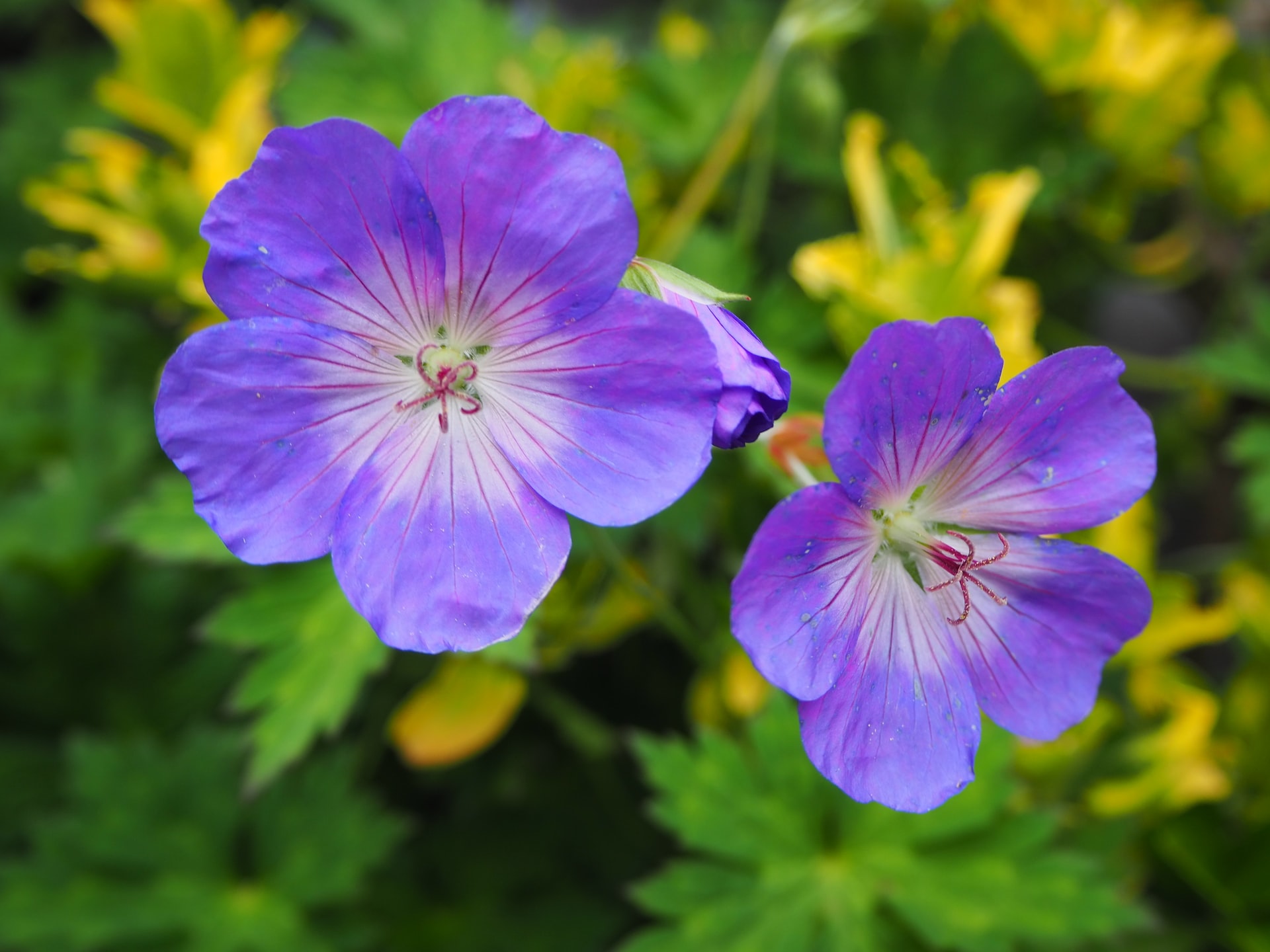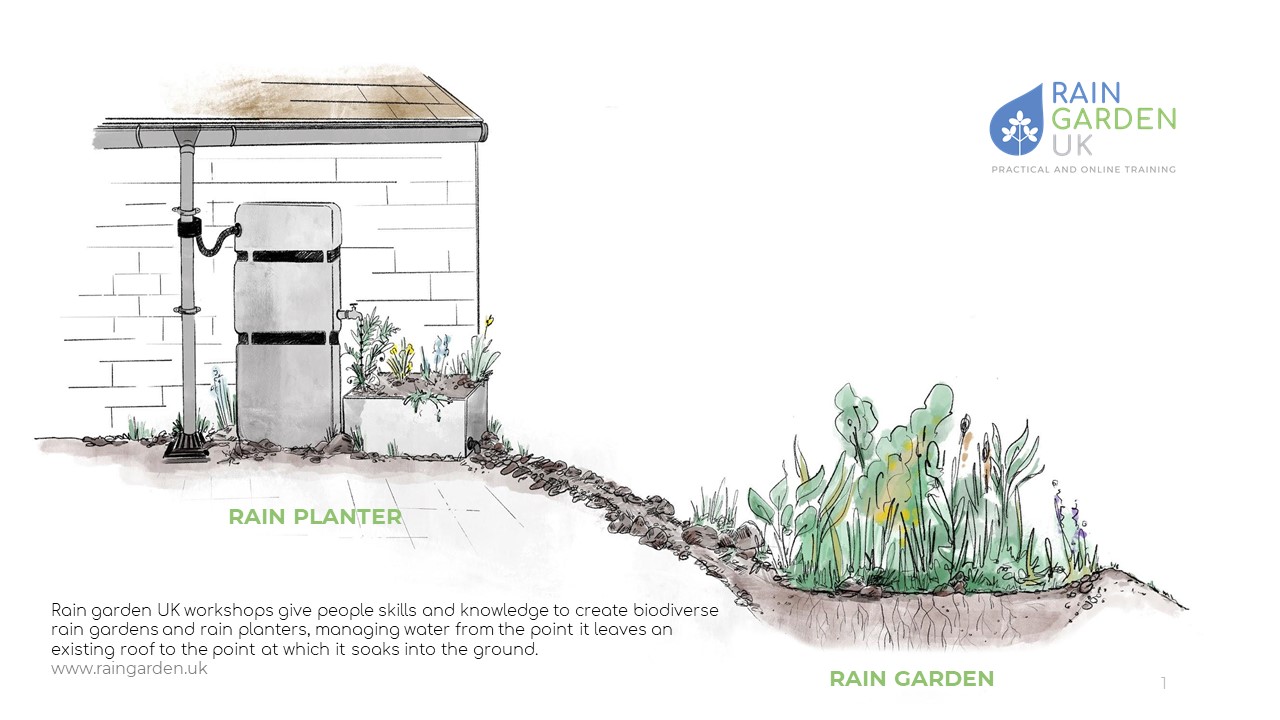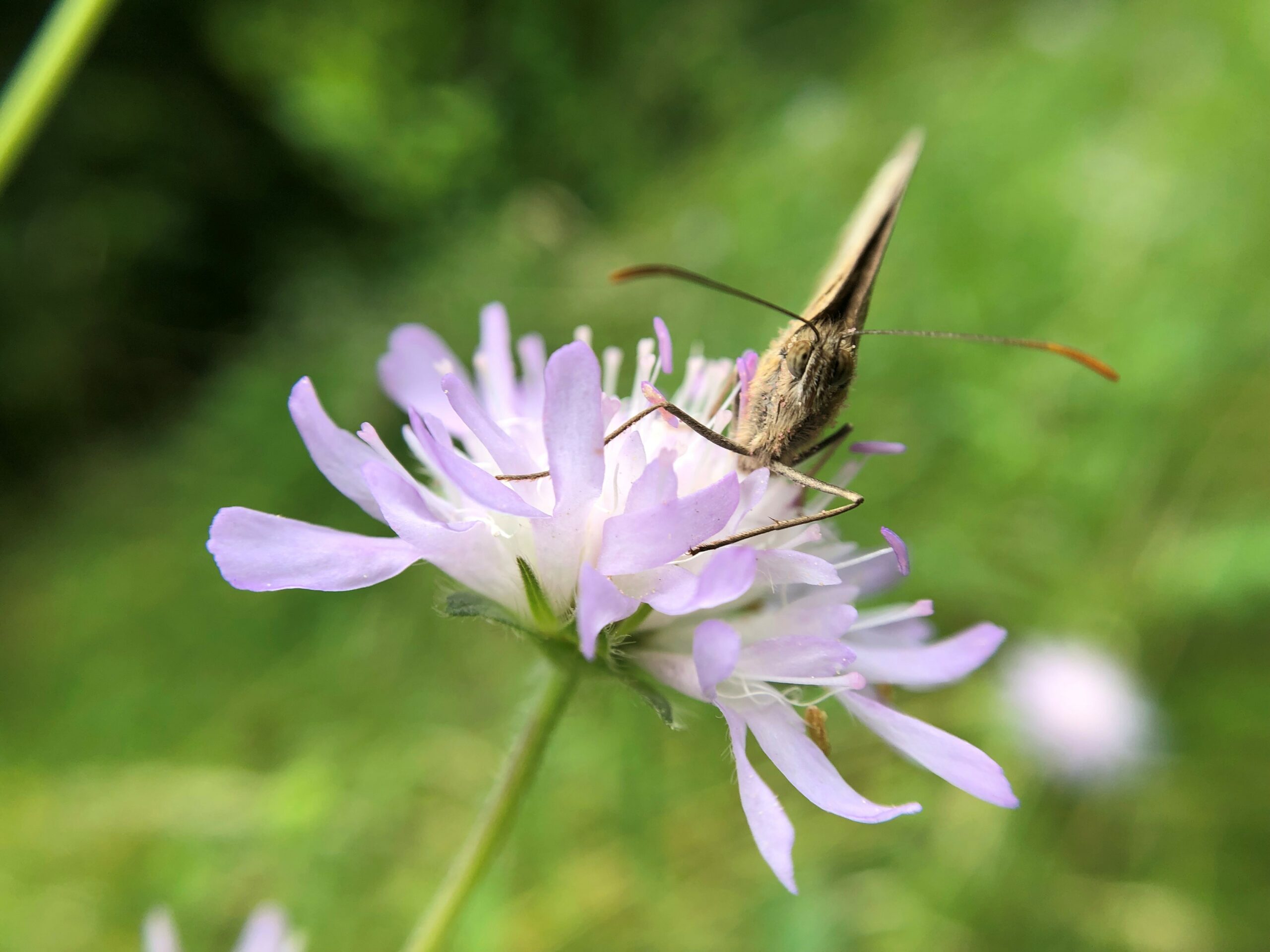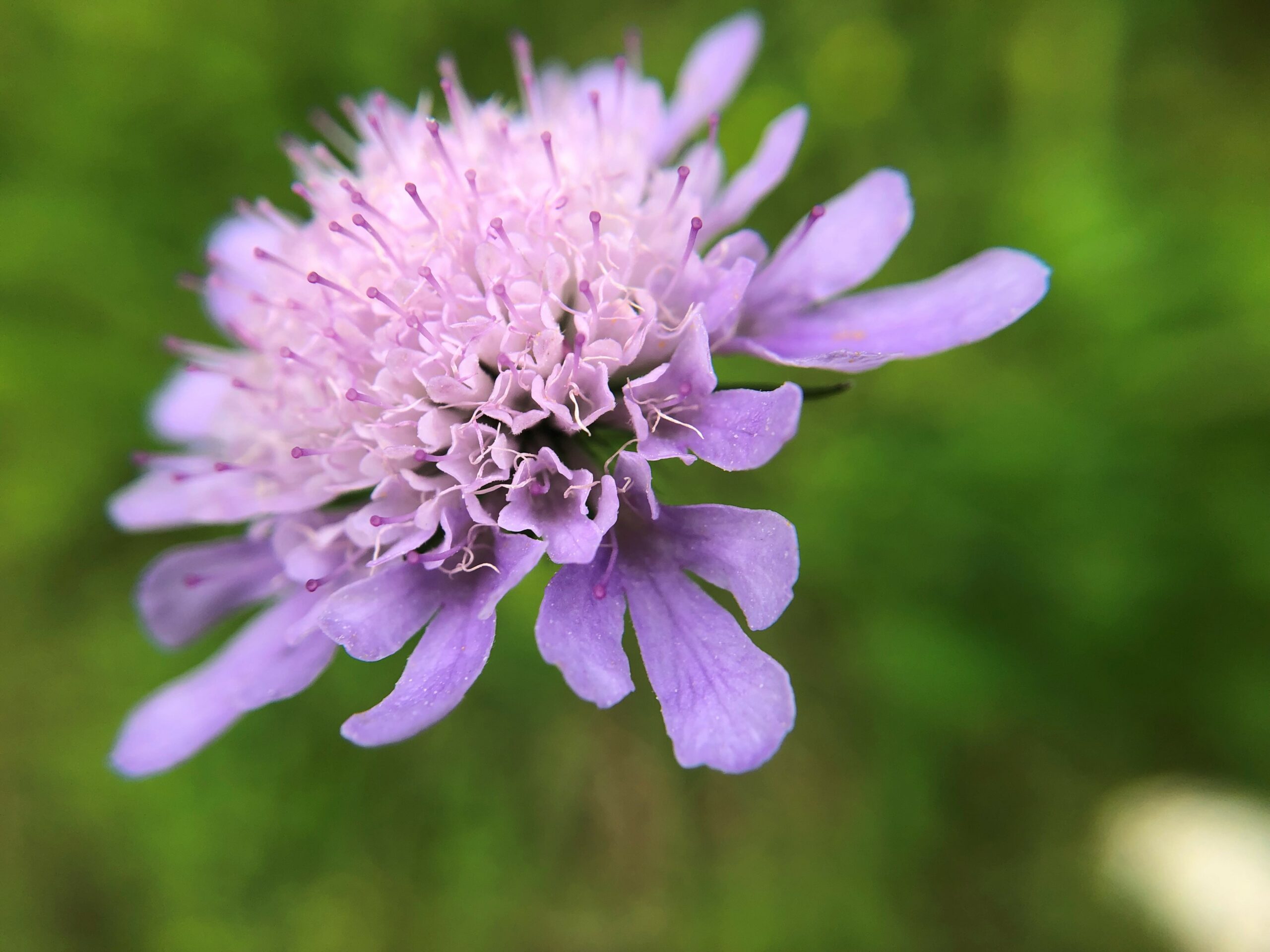
What is a rain garden?
Rain gardens provide an attractive, inexpensive and DIY friendly way to manage rainwater runoff and create a welcoming space for wildlife. A rain garden collects rainwater, slowing it down and allowing it to soak into the ground to replenish the aquifer beneath our feet. It mimics the natural way water moves through the environment, and can help compensate for the impacts of development.
There are two main types of rain garden: rain planters and rain gardens in the ground. Both are designed to collect water draining from roofs and other hard surfaces
- A rain planter can be either a filtration rain planter, which is sealed; or an infiltration rain planter, which is left with no base so some water soaks into the ground.
- A filtration rain planter can be positioned next to a building. These have extra drainage/overflow, so you control where the excess rainwater goes. This can be directed back down the original drain or even better, if garden space allows, to a rain garden in the ground.
- Rain gardens in the ground are shallow, saucer shaped depression in the earth. These are unlined, allowing water to soak in, and need to be at least 3m from house. You can create a swale or channel to divert water from down pipes into the rain garden, and you could even make a sequence including different elements – such as a water butt and a planter – to make a ‘rain chain’.

Planted with grasses and flowering perennials, rain gardens are not only a pleasant feature, they attract wildlife, such as butterflies, pollinators and birds. If they are collecting water from a hard surface, they can also help to treat low-level pollution.
Rain gardens are usually able to absorb all the rainwater they collect, however in storm events it is important that there is a means for water to escape into the existing drains. The rain garden is still helpful in this case. By slowing the flow it helps to regulate the amount and speed of the water, so the drains are better able to cope.
Even providing a small amount of extra capacity, you are helping to slow it down … soak it up!

Rain gardens provide many benefits:
- Reduce surface water run-off, and prevent the drainage system being overwhelmed
- Create an attractive space with the opportunity to plant a wide range of perennial plants
- Can absorb 30% more rainwater than a lawn
- Increase biodiversity by attracting wildlife
- Can be scaled up or scaled down to suit your space
- Provide a low maintenance garden. Once established, rain gardens may only require some weeding and thinning
- Promote soil health and help prevent soil erosion
- Can be inexpensive to create
Simple rain gardens can be created in any space and do not require any redesign of the existing drainage system, so can be relatively straightforward to install yourself.



 Chrome
Chrome
 FireFox
FireFox
 Edge
Edge